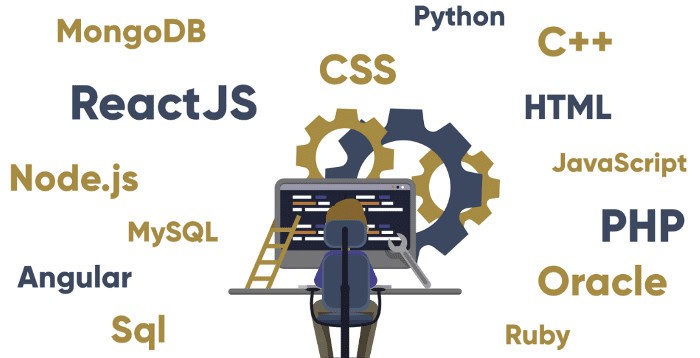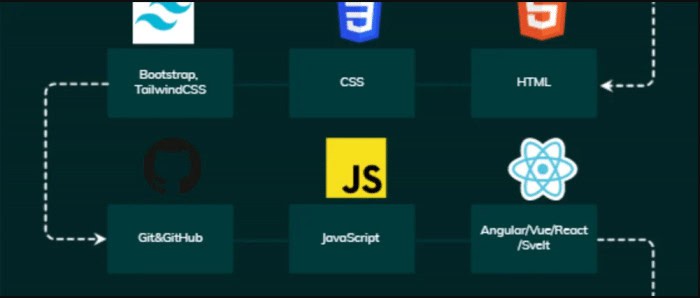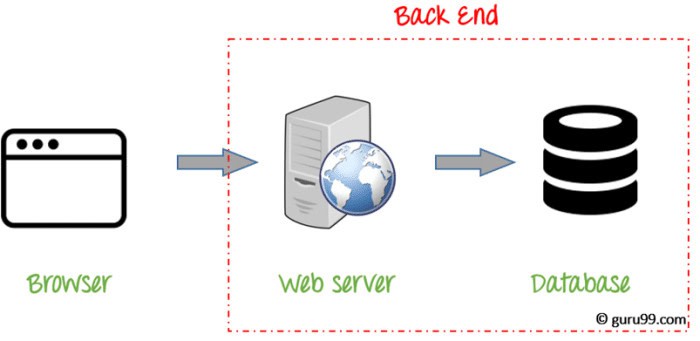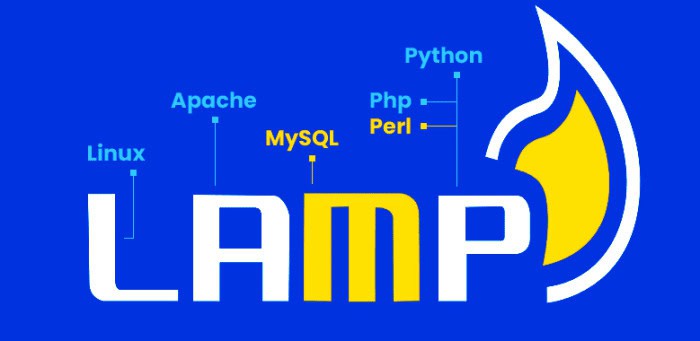To become a full-stack developer, you’ll need to master a range of front-end and back-end development skills. But what exactly is a full-stack developer, and how do you get there?
Here’s the complete stack developer roadmap – Starting from scratch, you’ll need to master some basic skills, including Git-Version Control, Data Structures and Algorithms, HTTP and HTTPS, and SSH. Learn to handle both the front-end and back-end of a website or application. Finally, choose your stack.

Becoming a full-stack developer takes time and dedication, but it’s a rewarding career path for those who want to work on front-end and back-end development. By mastering the skills and technologies discussed in this article, you’ll be well on your way to becoming a proficient full-stack developer.
See Also: How To Do Javascript Performance Profiling In Chrome?
Table of Contents
Full Stack Developer Roadmap: The Basics
Starting from scratch, a web developer needs to specialize in some basic skills, irrespective of whether you start with full-stack, back-end, or front-end development. These skills are Git- Version Control, Data Structures and Algorithm, HTTP and HTTPS, and SSH.
- Git- Version Control is like a platform where changes in programming files are acknowledged, and different programmers working on the same thing can collaborate.
- Data structures are the storehouse of organized data, and an algorithm is a series of steps that converts a required input into the desired output.
- The Hypertext Transfer Protocol (HTTP) uses hypertext links to load webpages. In HTTPS, the S stands for Secure, providing secure communication with the same function as HTTP. If a network is unprotected, then Secure Shell (SSH) is used to operate network services with security.
Front-End Development
You must get CSS, Javascript, and HTML for the front-end module! Hypertext Markup Language (HTML) is the primary language for making web pages.

- HTML allows operating on a standard webpage format that includes tables, headings, etc. It can also extract information through hypertext links.
- CSS stands for Cascading Style Sheets and helps present HTML or XML marked-up documents.
- Javascript helps maintain the multimedia experience on a webpage, such as controlling the motion of images and adding auditory experience. JavaScript is classified into specific frameworks.
- The ones used in application development are ReactJS, Angular, and VueJs. Specific build tools help automate tasks running on JavaScript and act as a stock for source codes for Java developers.
- Integrated development environment. (IDE) provides you with automation tools, a debugger, and a source code editor to facilitate your work.
Back-end Development
The compulsory things to cover in the back-end module are Core Java and Spring Framework- the features compatible with any Java application.

- Core Java is a computer platform part of Java S that makes Windows/desktop applications. The central concepts covered in Core Java- the most fundamental programming language in Java- include Java Fundamentals, Object Oriented Programming, Exception Handling, Overriding & Overloading, Inheritance with Interface and Abstract Class, Packages, Multi-threading, Collections, Applets, Swings, and JDBC (Basic).
- Apart from this, AWT, Swing, and Collections are also covered in Core Java to provide efficiency in Graphical User Interface (GUI).
- Spring Framework provides the necessary support system for all Java developers. Spring Framework concepts include Auto Wiring, Bean Life Cycle, Dependency Injection, Model View Controller, and Aspect Oriented Programming.
Hope this may have given you an idea about the full-stack developer roadmap.
Stack
In the above article, you know about full stack developer roadmap. Now, let us discuss stack.
- The word “Stack” in Full Stack refers to a solution stack, also known as a software stack. A solution stack combines multiple programming languages that produce a platform. The applications then proceed to either “run on” or “run on top of” that platform. Some famous stacks are LAMP Stack, LEMP Stack, MEAN Stack, Django Stack, and Ruby on Rails.

- LAMP stack groups Apache, My SQL, PHP, Linux, and JavaScript. LEMP stack is the same as LAMP, except it includes Nginx instead of Apache. MEAN stack includes JavaScript, Mongo DB, Express, AngularJS, and Node.js. Django stack covers Python, JavaScript, Django, and MySQL, and finally, Ruby on Rails has Ruby, JavaScript, Rails, and SQLite.
FAQs
What Is The Roadmap Of A Full-Stack Developer?
The roadmap of a full-stack developer includes mastery in Data Structure, Git-VErsion Control, and other skills. Also, you need to learn diverse languages for front-end and back-end development.
How Hard Is It To Be A Full-Stack Developer?
Becoming a full-stack developer is an arduous task. For this, you need to inculcate a diverse knowledge of different languages and other skills.
Summing Up
There are many advantages to becoming a full-stack developer today. You lead a development project from the start or at any point. You are an asset not only when working on your own but also when collaborating with other specialized developers who need help in some instances outside of their knowledge. Being a full-stack developer means reducing costs and time for the company that employs you.
Full-stack development helps you to expand your knowledge about all the upcoming technologies related to web development regardless of the direction of development. The average annual salary for a Full Stack Developer in the US is $80,856 and can go as high as $99,087 for the first year.
Thus, these were the details about the full-stack developer roadmap.
See Also: 5 Java Automation Framework For Efficiency

